Think you need a full garden or an orchard to grow your own fruit? Think again. There’s a whole world of delicious fruits that grow on compact, easy-to-manage bushes, making them perfect for anyone with a small yard, balcony, or even just a few containers. These fruit-bearing plants are not only practical, they’re often surprisingly ornamental, too—adding color, texture, and sweetness to your space.
From juicy berries to tangy citrus hybrids, bush fruits are some of the most rewarding to grow. Many are self-pollinating, drought-tolerant, and thrive in containers—meaning you don’t need much more than a pot, a bit of sun, and a weekly watering schedule. Some even produce fruit within the first year, giving you a fast and flavorful payoff without the wait.
Whether you dream of picking fresh raspberries with your morning coffee or want to surprise your guests with homegrown gooseberries or honeyberries, these 16 fruit bushes offer a smart, space-saving way to enjoy summer’s sweetest treats—no garden required.
Blueberries
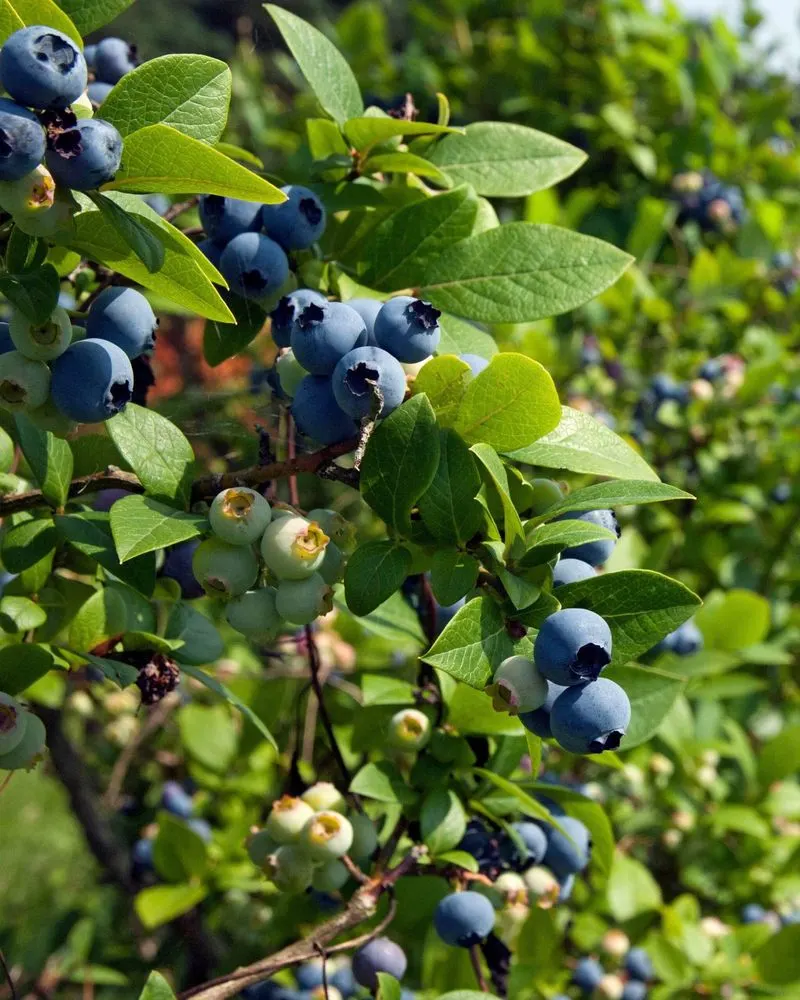
Imagine the burst of tangy sweetness as you pick blueberries right from your balcony. These bushes offer a compact growth habit, perfect for pot cultivation. With their vibrant blue hue, blueberries not only please the palate but also add visual delight. Rich in antioxidants, they are a healthy snack choice. Blueberries thrive in acidic soil, so consider using a specialized potting mix. Interestingly, they also attract pollinators like bees, enhancing your mini ecosystem. Harvesting these berries can become a cherished morning ritual, connecting you to nature right at your doorstep.
Raspberries

Raspberries bring a touch of whimsy with their delicate, jewel-like fruits. Their canes are easy to train along a trellis, making the most of vertical space. These bushes are a haven for deliciously sweet berries that are perfect for fresh eating or preserves. With minimal care, they yield abundantly from summer into fall. Plant them in a sunny spot and enjoy their fragrant blossoms. Fun fact: Raspberry leaves have been used in traditional remedies for centuries. Picking raspberries can quickly become a family favorite activity, adding fun to your garden routines.
Blackberries
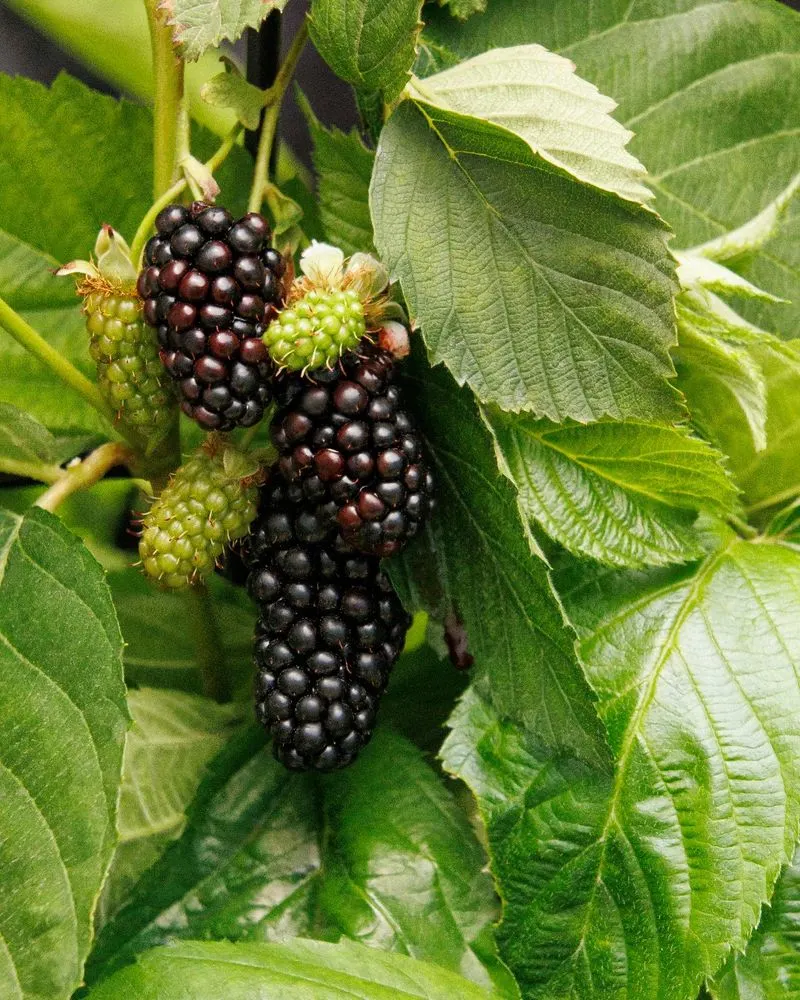
Blackberries, with their glossy darkness, bring an exotic flair to small spaces. Despite their luxurious look, these berries are quite rugged, thriving even in containers. They deliver a punch of flavor, perfect for desserts or snacking. Blackberries require a bit of space to sprawl, but with some guidance, they can be trained to grow upwards. These bushes bear fruit in the warmer months, attracting birds and other wildlife. Known for their high vitamin content, blackberries can enhance your garden’s allure with both taste and health benefits.
Gooseberries

Gooseberries might not be the first fruit that comes to mind, but they certainly deserve a spot in your garden. Their berries, resembling miniature lanterns, offer a tart flavor that’s loved by many. Gooseberry bushes are compact and can fit neatly into small spaces or pots. Perfect for pies and jams, they add a unique taste to your culinary adventures. These bushes are quite hardy, thriving in various climates. As they ripen, they transform from green to a blush of pink or red, providing visual interest as well as mouth-watering fruit.
Currants

Currants are like tiny jewels, their glossy clusters beckoning from their neatly arranged branches. These bushes are particularly well-suited for small gardens, as they grow in a tidy, upright form. Currants come in red, black, or white varieties, each offering a distinct flavor profile. They are rich in vitamin C and make excellent jams, jellies, and syrups. This fruit’s tartness can elevate simple dishes to gourmet status. Currants also attract beneficial insects, adding life to your green space while promising a fruitful harvest.
Elderberries
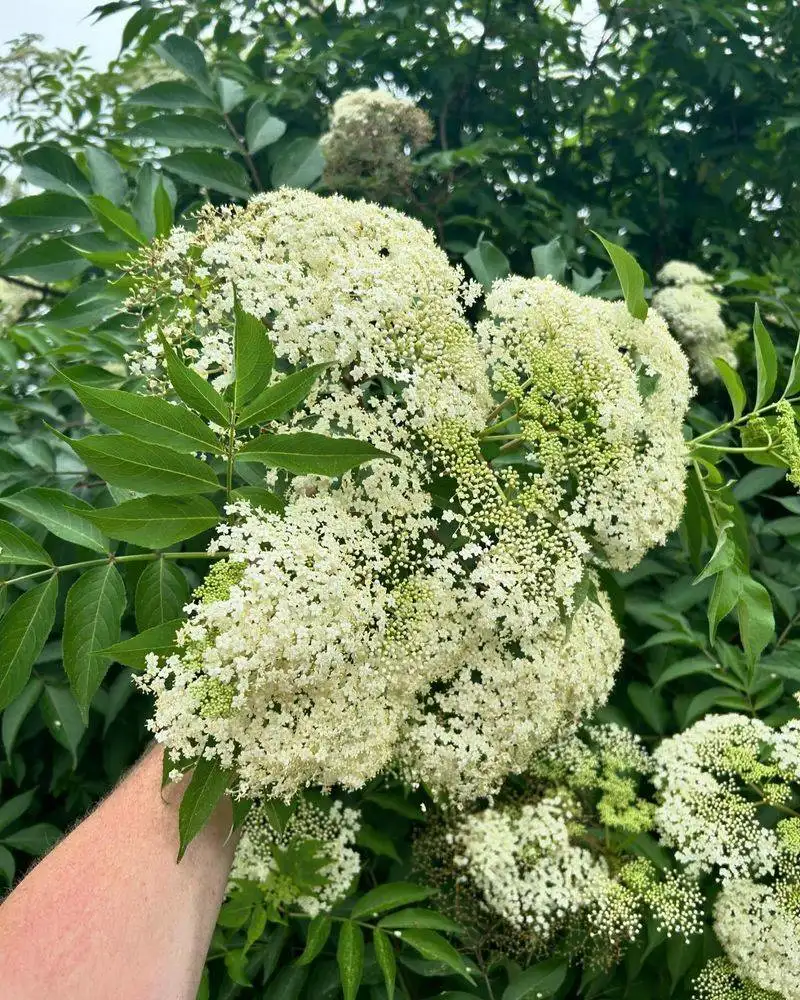
Elderberries whisper of old-world gardens with their deep purple fruit and delicate clusters. These bushes are versatile, thriving in containers or tucked into garden corners. Known for their medicinal properties, elderberries are often used in syrups and teas. They prefer a sunny location and can become a focal point in small garden spaces. Their flowers, which bloom in early summer, are also edible and can be used to make elderflower cordial. With a touch of folklore and plenty of uses, elderberries make a charming addition to any garden.
Cranberries
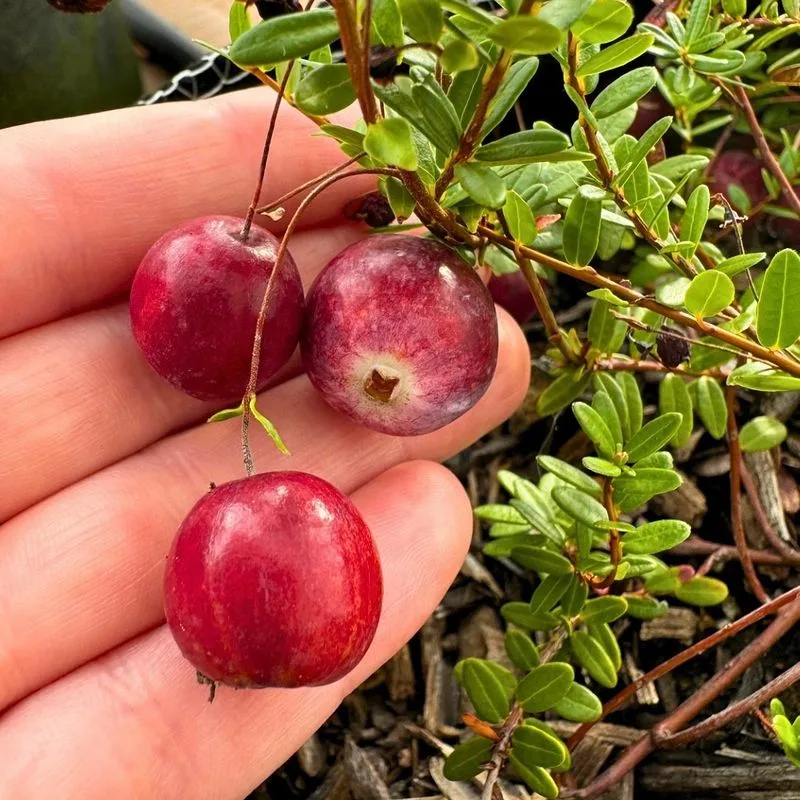
Cranberries might evoke images of bogs, but they can thrive in small gardens too. These low-lying bushes produce vibrant red berries that are both tart and refreshing. Perfect for containers, they require acidic soil and ample water. Their berries are famous for holiday sauces and juices. Cranberry bushes also offer year-round interest with their evergreen foliage. Fun fact: they are a symbol of peace in some cultures. With their unique growing needs and eye-catching berries, cranberries can be a conversation starter in your green corner.
Lingonberries

Lingonberries are not just for Scandinavian cuisine—they’re great for home gardens too. These evergreen bushes produce small, bright red berries that are mildly tart. Perfect for pots, they require acidic soil and plenty of moisture. Their berries are often used in jams and sauces, adding a Nordic twist to dishes. Lingonberries are also loved for their ornamental appeal, with glossy leaves and cheerful fruit. They can handle colder climates, making them versatile for various regions. Growing lingonberries can bring a touch of the North to your garden.
Mulberries
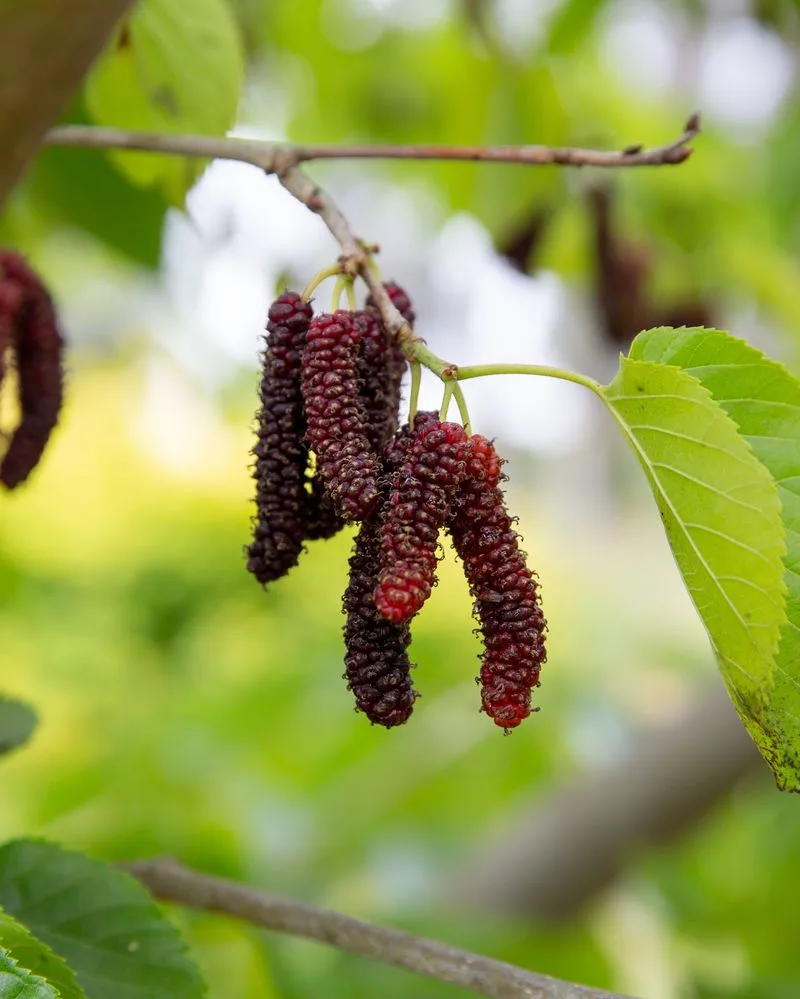
Mulberries are somewhat the wild child of the fruit world, with their long-lasting fruiting season. These bushes can be pruned to fit small spaces, offering berries that are sweet and slightly tart. Their trees can be trained as bushes to save space, and they thrive with minimal care. Mulberries attract birds and beneficial insects, creating a lively garden environment. They’re often enjoyed fresh or made into pies and wines. Despite their humble appearance, mulberries offer a bounty of flavor and are a favorite for many gardeners.
Aronia Berries (Chokeberries)
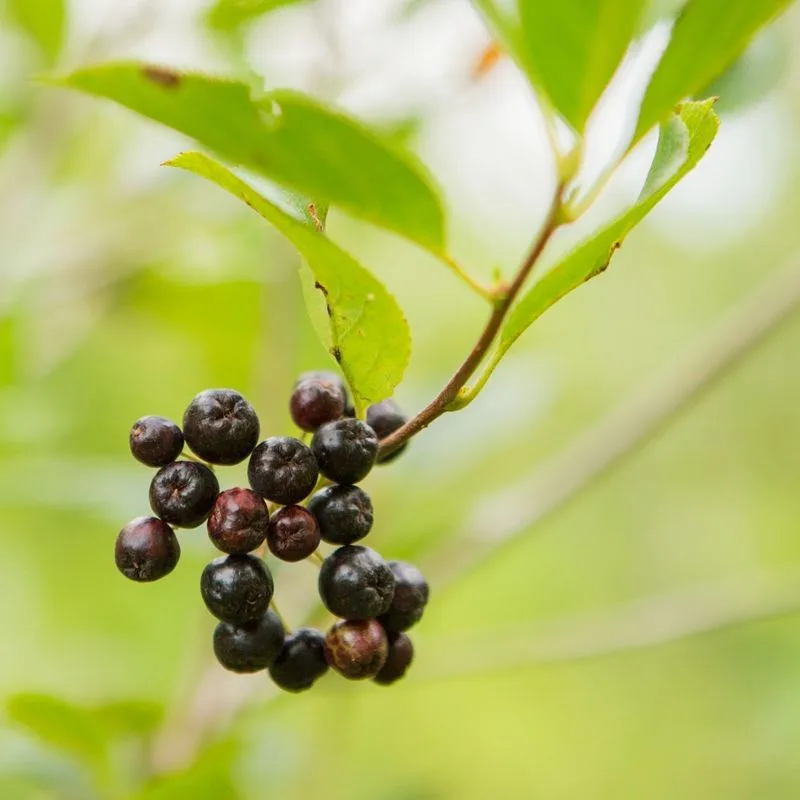
Aronia berries, often called chokeberries, are packed with antioxidants. These bushes are resilient and can withstand various growing conditions, making them ideal for small spaces. Their dark berries offer a tart punch, perfect for juices and jams. They double as ornamental plants, with beautiful spring blossoms and vibrant fall foliage. Aronia berries are increasingly popular for their health benefits and adaptability. Growing them adds a touch of nature’s resilience to your garden, while promising a unique and rewarding harvest season after season.
Huckleberries
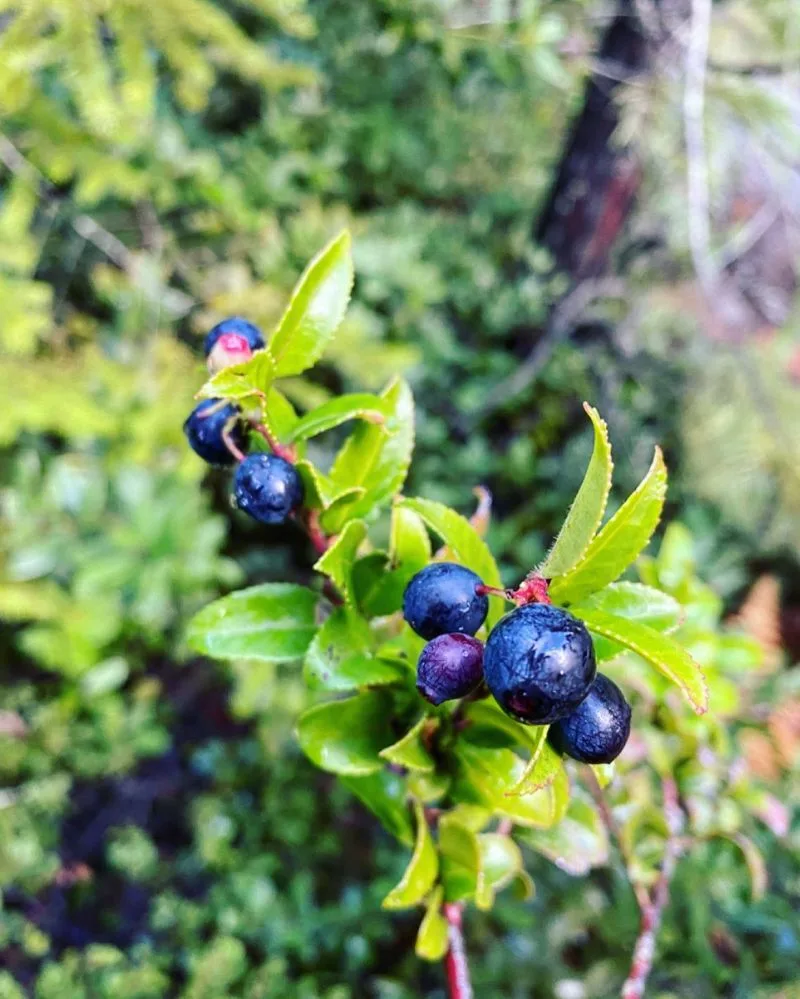
Huckleberries, the cousin of blueberries, bring a wild and enchanting element to your garden. These bushes are compact and well-suited for container growing. Huckleberries are cherished for their intense flavor, often described as a mix of blueberry and cranberry. They thrive in acidic soil and prefer a sunny spot. Ideal for pies, pancakes, and preserves, they add a unique twist to your culinary creations. With a history rooted in North American folklore, huckleberries offer not just fruit, but a slice of tradition in your gardening adventure.
Jostaberries
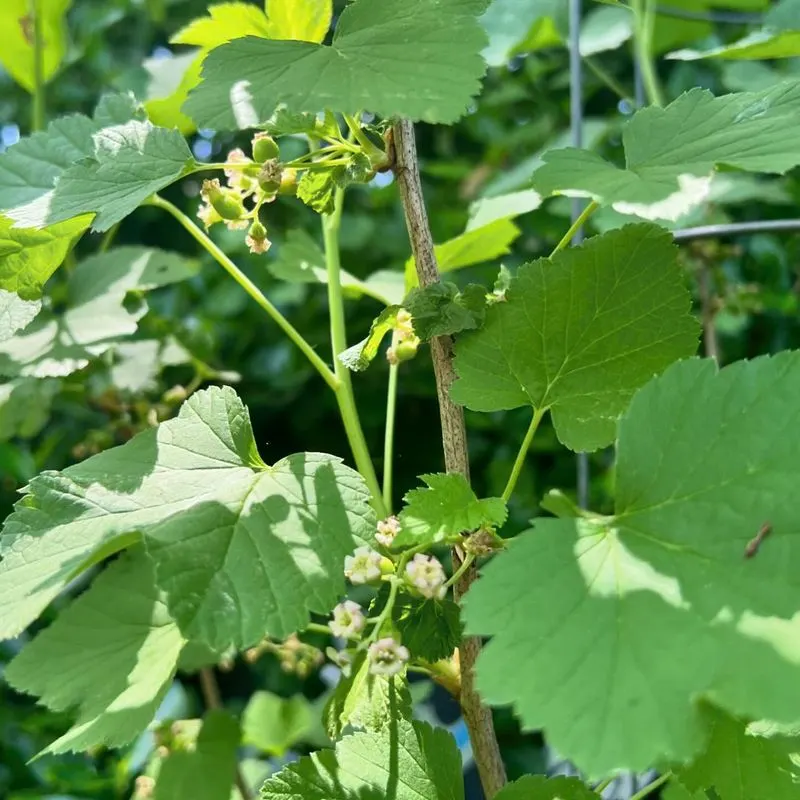
Jostaberries present an intriguing blend of blackcurrant and gooseberry flavors. These bushes grow with vigor, yet remain manageable for small areas. Their berries offer a sweet-tart taste, perfect for fresh snacking or making into jellies. Jostaberries are quite resilient, withstanding diseases common to other berries. They provide a bountiful yield, ensuring your effort is well rewarded. With their ability to thrive in various conditions, jostaberries can become a staple in your garden, offering both novelty and reliability to your fruit collection.
Serviceberries
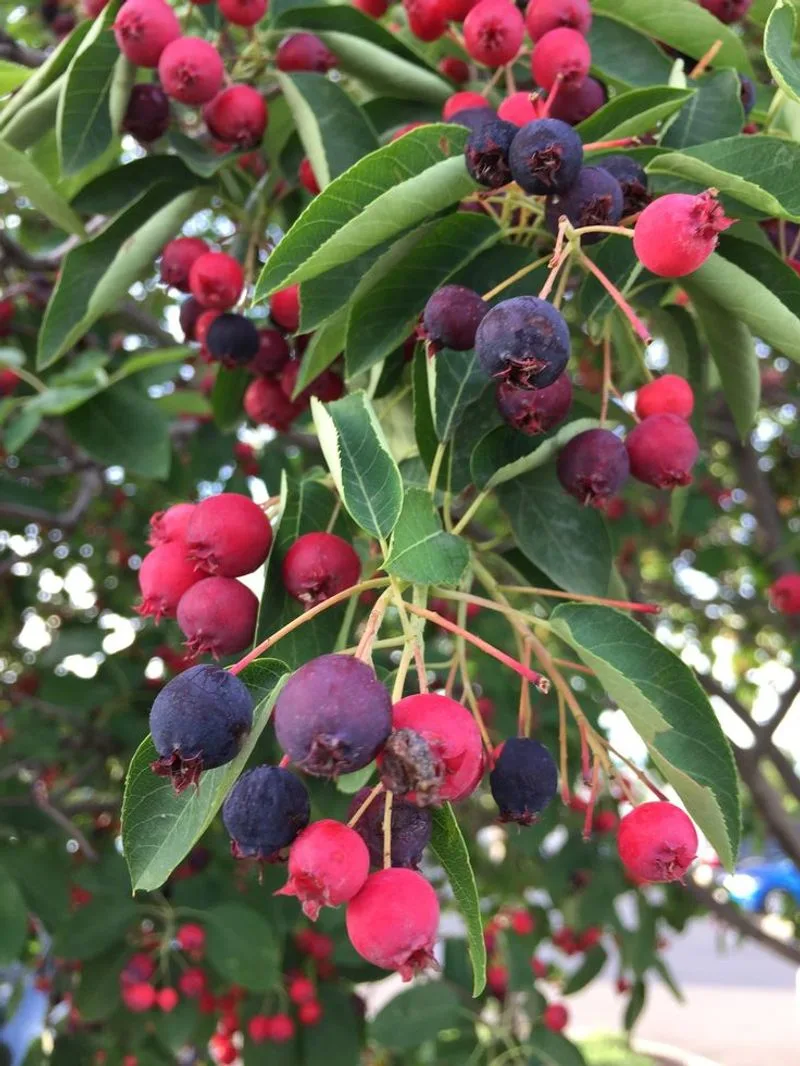
Serviceberries, also known as Juneberries, bring a delightful sweetness with their petite fruits. These bushes are not only productive but also offer ornamental value with lovely spring blossoms. Serviceberries are adaptable, growing well in pots or small garden spaces. Their berries, reminiscent of blueberries, are delicious fresh or baked. They also attract a variety of songbirds, adding music to your garden. A favorite among urban gardeners, serviceberries provide both beauty and a tasty harvest, making them a cherished addition to your outdoor space.
Strawberries
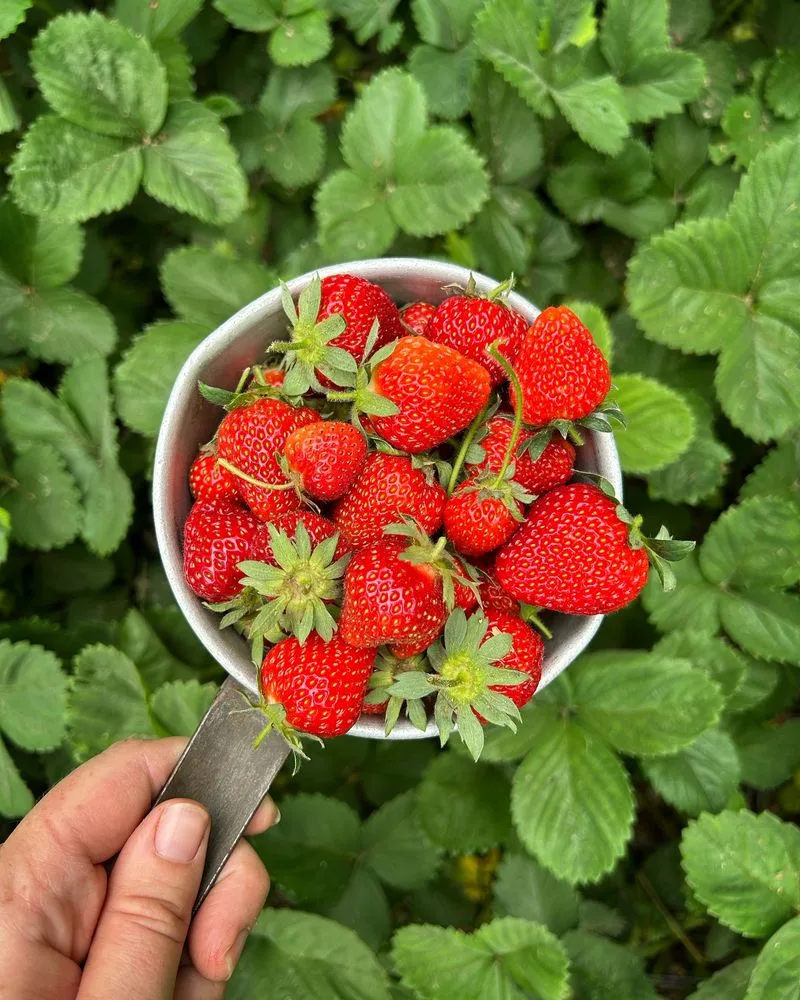
Strawberries are a quintessential garden favorite. These low-growing plants produce juicy, red berries that are a hit with both kids and adults. Ideal for containers, strawberries can make the most of limited space. They’re incredibly versatile—enjoy them fresh, in desserts, or preserved as jam. Plant them in a sunny spot with well-draining soil for best results. Strawberries also have a rich history, symbolizing purity and passion in folklore. With minimal effort, you can enjoy a bountiful harvest, making strawberries a rewarding choice for any small garden.
Loganberries
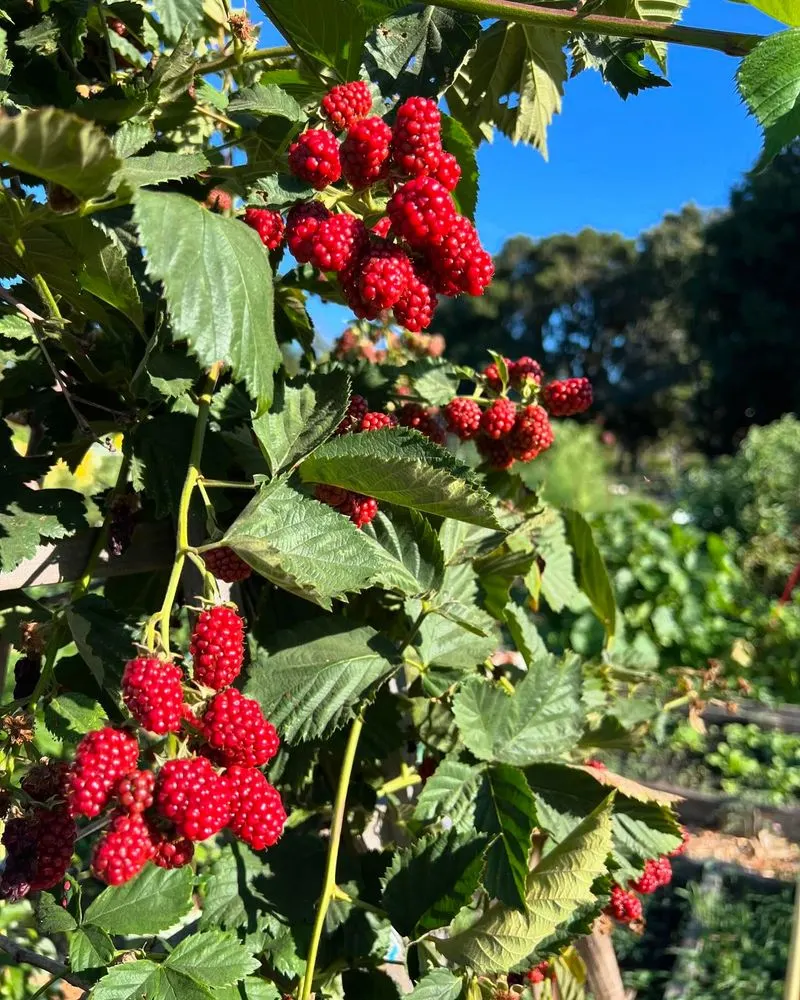
Loganberries offer the best of both raspberries and blackberries. Their bushes are vigorous, yet they can be trained to fit small spaces. The unique flavor of loganberries is a delightful combination of sweet and tangy. Perfect for jams, pies, and fresh eating, they bring versatility to your table. Loganberries prefer a sunny location and well-draining soil. As they bloom, the bushes attract pollinators, enhancing your garden’s vitality. These berries might be lesser-known, but they promise a rich and satisfying gardening experience, filled with discovery and flavor.
Cloudberries
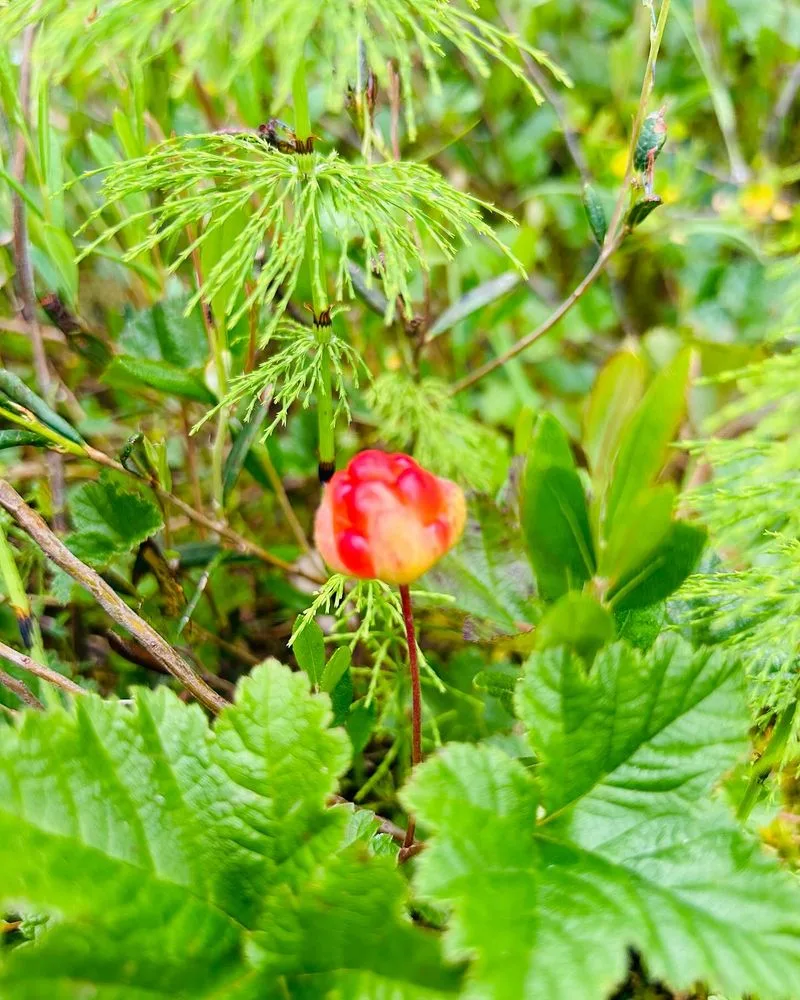
Cloudberries are the hidden gems of the berry world, often found in northern climates. These low-growing bushes produce orange, apricot-like fruit with a delicate taste. They’re perfect for pots, especially in cooler regions. Cloudberries are celebrated in Nordic cuisine, often made into jams or desserts. Their unique flavor is a treat for adventurous palates. With their distinctive appearance and taste, cloudberries add exclusivity to your garden. Despite their exotic origin, they can be grown with patience and care, rewarding you with their rare and exquisite berries.

